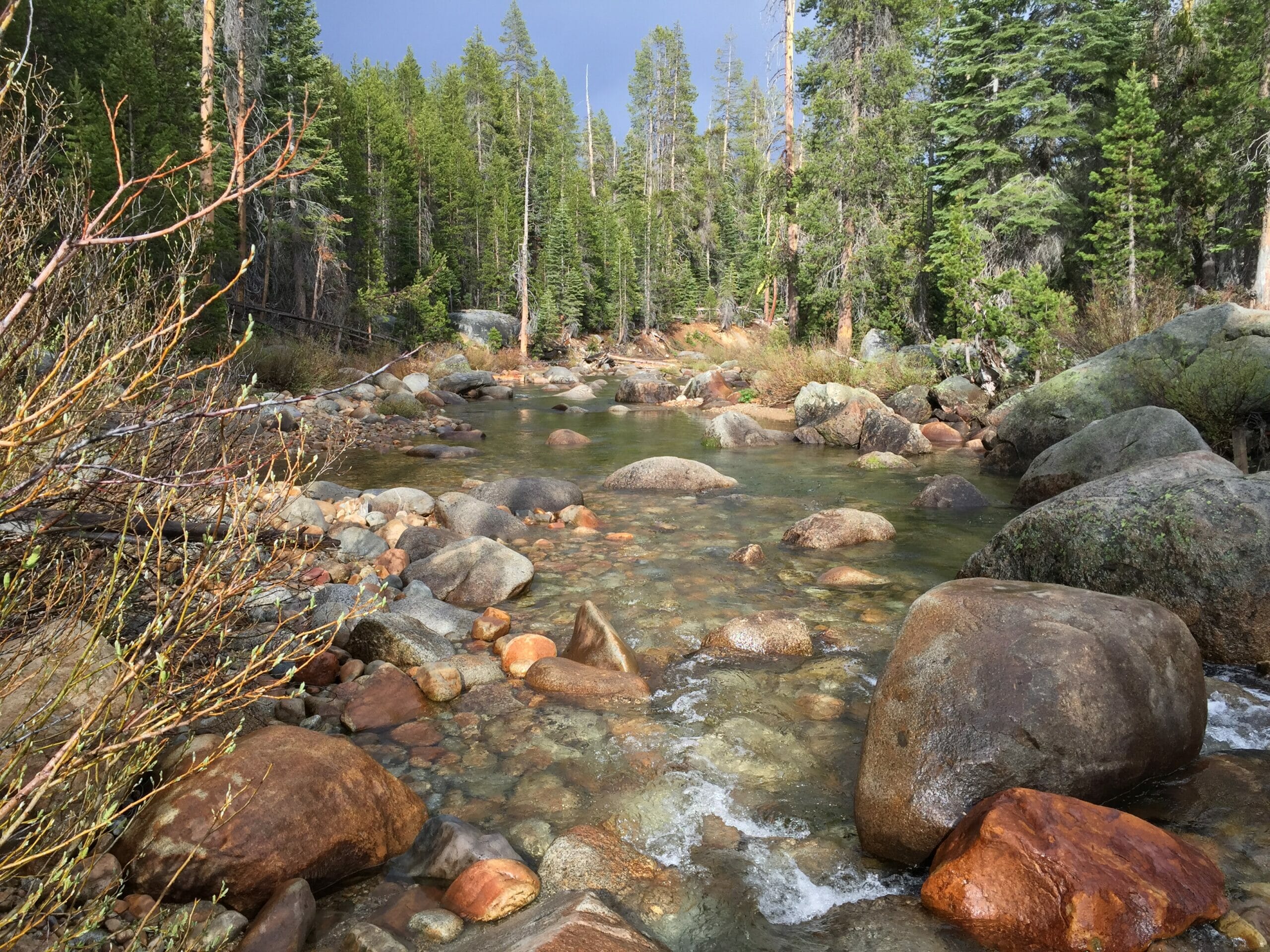Executive order aims to conserve 30 percent of California’s lands and water by 2030
Last week, California Gov. Gavin Newsom issued an executive order responding to the effects of the warming climate on California’s natural heritage and its human communities. This order establishes as state policy the goal of conserving 30 percent of the state’s land area and coastal waters by the year 2030, and directs state agencies to implement a variety of strategies to store carbon in the state’s natural and working lands (thereby removing it from the atmosphere).
Trout Unlimited supports this goal in California, as its intention aligns well with our coldwater conservation objectives: to better protect headwaters and other undeveloped habitats; preserve diversity of native species; and ensure our landscapes remain healthy and productive for food and natural resources, ecological requirements and recreation.
Brian Johnson, California director for Trout Unlimited, said, “We applaud Gov. Newsom’s vision and leadership on the crucial issue of addressing climate change and its impacts on native trout, salmon and steelhead in California. We pledge to work closely with our resource agency partners and other stakeholders to ensure the governor’s ambitious but achievable goals are met by the end of this decade.”
The so-called “30 by 30” goal has been advanced by scientists and conservationists around the world as an important step in preventing a mass extinction crisis and loss of biodiversity on Earth, supporting a growing global human population, and addresings the threats posed by climate change. An estimated $44 trillion of economic value generation — over half the world’s total GDP — is potentially at risk as a result of climate change and the dependence of business on nature and its services.
In California, AB 3030, a bill introduced by Assemblymember Ash Kalra (D-27) which would have advanced these objectives legislatively, did not advance when the Legislature adjourned at the end of August. TU and other fishing-related groups supported this legislation, and because an executive order can be reversed by a subsequent administration, pledged to support AB 3030 again should it be reintroduced in the next Legislature.
California is considered one of the world’s 36 “biodiversity hotspots” because of its high concentration of unique species, many of which are currently at risk. Of the estimated 5,500 plant species found in California, 40 percent are “endemic,” found nowhere else on earth. The Golden State has the greatest diversity of trout, salmon and steelhead species of any state other than Alaska. Ensuring this diversity is conserved is one of TU’s highest priorities, as species and life history diversity are key to their persistence as the planet warms and coldwater habitats are threatened or compromised.
Newsom’s order seeks to enlist California’s vast network of natural and working lands – forests, rangelands, farms, wetlands, coast, deserts and urban greenspaces – in the fight against climate change. Specifically, the governor’s order directs state agencies to “pursue innovative actions, strategies and partnerships to maximize the full climate benefits of our natural and working lands,” through:
- Healthy soils management, including planting cover crops, hedgerows and compost applications;
- Wetlands restoration to protect coastal areas;
- Active forest management to reduce catastrophic risk and restore forest health; and
- Boosting green infrastructure in urban areas like trees and parks.
In particular, Newsom’s order directs the California Natural Resources Agency to form a California Biodiversity Collaborative to “bring together experts, leaders and communities to pursue a unified approach to protecting biodiversity and develop strategies to support the 30 by 30 goal.” TU will participate in this process to help California chart the path forward to achieve these vital conservation goals.



